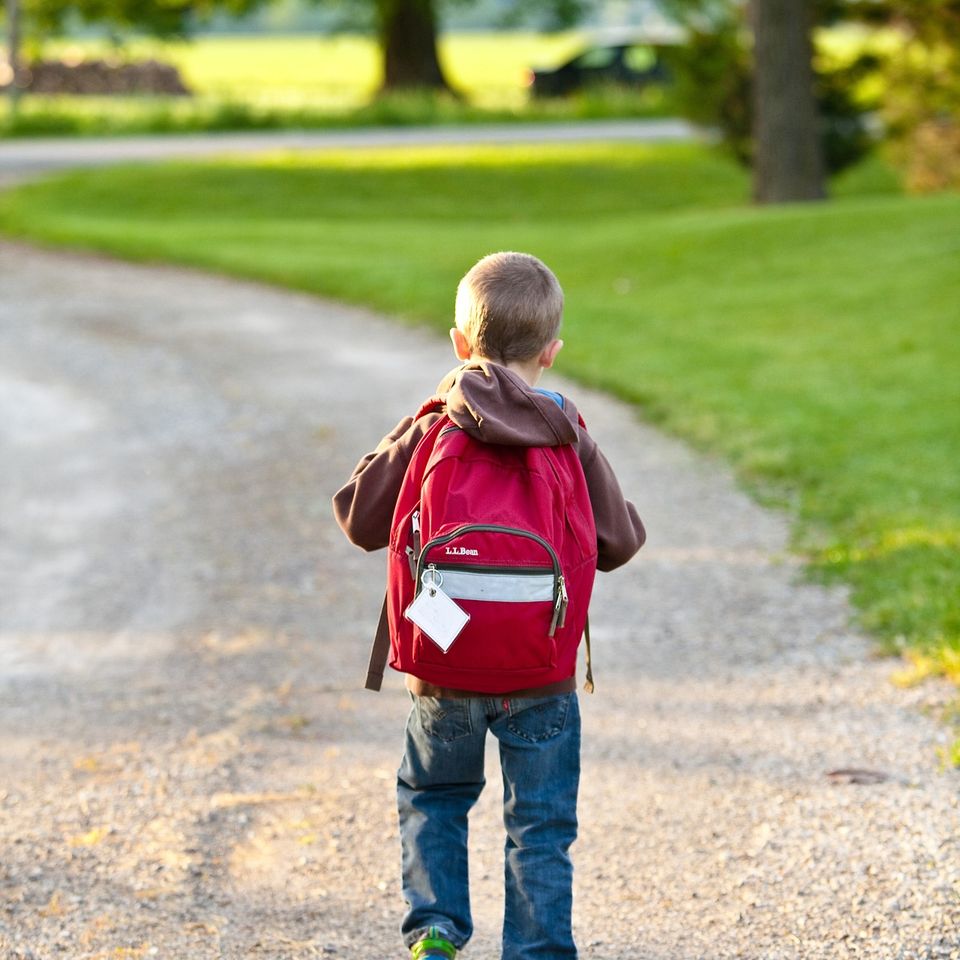Backpack Safety
What is the right size, carrying method, loading method, and weight for your child’s backpack this year? Do backpacks affect your child’s health? Call it what you want: Forward Head Posture (FHP)/ Tech-Neck/ or poor posture, but around the country health care professionals agree that backpacks are a health concern for our children.
Improper use of backpacks can lead to back pain, poor posture and can even increase the severity of nerve system disorders in children such as autism spectrum disorder. This is because the spine contains the spinal cord which is the connection between the brain and the body and altered spinal cord tension/alignment alters its function. The back pain may go away after the child graduates from college and stops using the backpack (that’s at least 12-16 years of use), however the poor posture established while carrying the backpack often lingers for a lifetime. Research shows that the longer a child wears a backpack improperly the worse the deformity can be and the harder it is to correct.
The backpack alone is not the problem; it is the carrying method, size of the pack, weight of the pack and the loading procedure that causes the problem. The American Academy of Pediatrics guideline recommends that backpacks not exceed 10 to 15 percent of the child's body weight. This means that your 75-pound child should not carry more than 7.5-12 pounds in their backpack. All children should use both shoulder straps to carry the backpack. The backpack should have wide padded shoulder straps, a padded back, a waist support belt, and several compartments. The pack should only measure 75% of the length of the child’s back. 75% is approximately the length between the top of the shoulder blades and the natural waist. The heaviest items should be loaded first and be placed closest to the inside of the backpack (closest to the spine). Load the lightest items on the outside and place sharp items like pens and pencils in a separate compartment away from the body. Children should always use the waist support strap if available and never let the backpack hang on or below the buttocks. Going over these procedures with your children will allow them to safely carry the backpack and help reduce poor posture.
Then, take your kids with you to the chiropractor to get their spines checked and make true health care a family event.
Bring your children to the office and we will show you the right size for your child, so you can buy the right one on Tax Free Weekends! 4580 W Hwy 136, Trenton Ga.
https://www.ncbi.nlm.nih.gov/pmc/articles/PMC3446176/
2. https://www.ncbi.nlm.nih.gov/pmc/articles/PMC4112374/
3. https://www.ncbi.nlm.nih.gov/pmc/articles/PMC3446176/
Improper use of backpacks can lead to back pain, poor posture and can even increase the severity of nerve system disorders in children such as autism spectrum disorder. This is because the spine contains the spinal cord which is the connection between the brain and the body and altered spinal cord tension/alignment alters its function. The back pain may go away after the child graduates from college and stops using the backpack (that’s at least 12-16 years of use), however the poor posture established while carrying the backpack often lingers for a lifetime. Research shows that the longer a child wears a backpack improperly the worse the deformity can be and the harder it is to correct.
The backpack alone is not the problem; it is the carrying method, size of the pack, weight of the pack and the loading procedure that causes the problem. The American Academy of Pediatrics guideline recommends that backpacks not exceed 10 to 15 percent of the child's body weight. This means that your 75-pound child should not carry more than 7.5-12 pounds in their backpack. All children should use both shoulder straps to carry the backpack. The backpack should have wide padded shoulder straps, a padded back, a waist support belt, and several compartments. The pack should only measure 75% of the length of the child’s back. 75% is approximately the length between the top of the shoulder blades and the natural waist. The heaviest items should be loaded first and be placed closest to the inside of the backpack (closest to the spine). Load the lightest items on the outside and place sharp items like pens and pencils in a separate compartment away from the body. Children should always use the waist support strap if available and never let the backpack hang on or below the buttocks. Going over these procedures with your children will allow them to safely carry the backpack and help reduce poor posture.
Then, take your kids with you to the chiropractor to get their spines checked and make true health care a family event.
Bring your children to the office and we will show you the right size for your child, so you can buy the right one on Tax Free Weekends! 4580 W Hwy 136, Trenton Ga.
https://www.ncbi.nlm.nih.gov/pmc/articles/PMC3446176/
2. https://www.ncbi.nlm.nih.gov/pmc/articles/PMC4112374/
3. https://www.ncbi.nlm.nih.gov/pmc/articles/PMC3446176/

